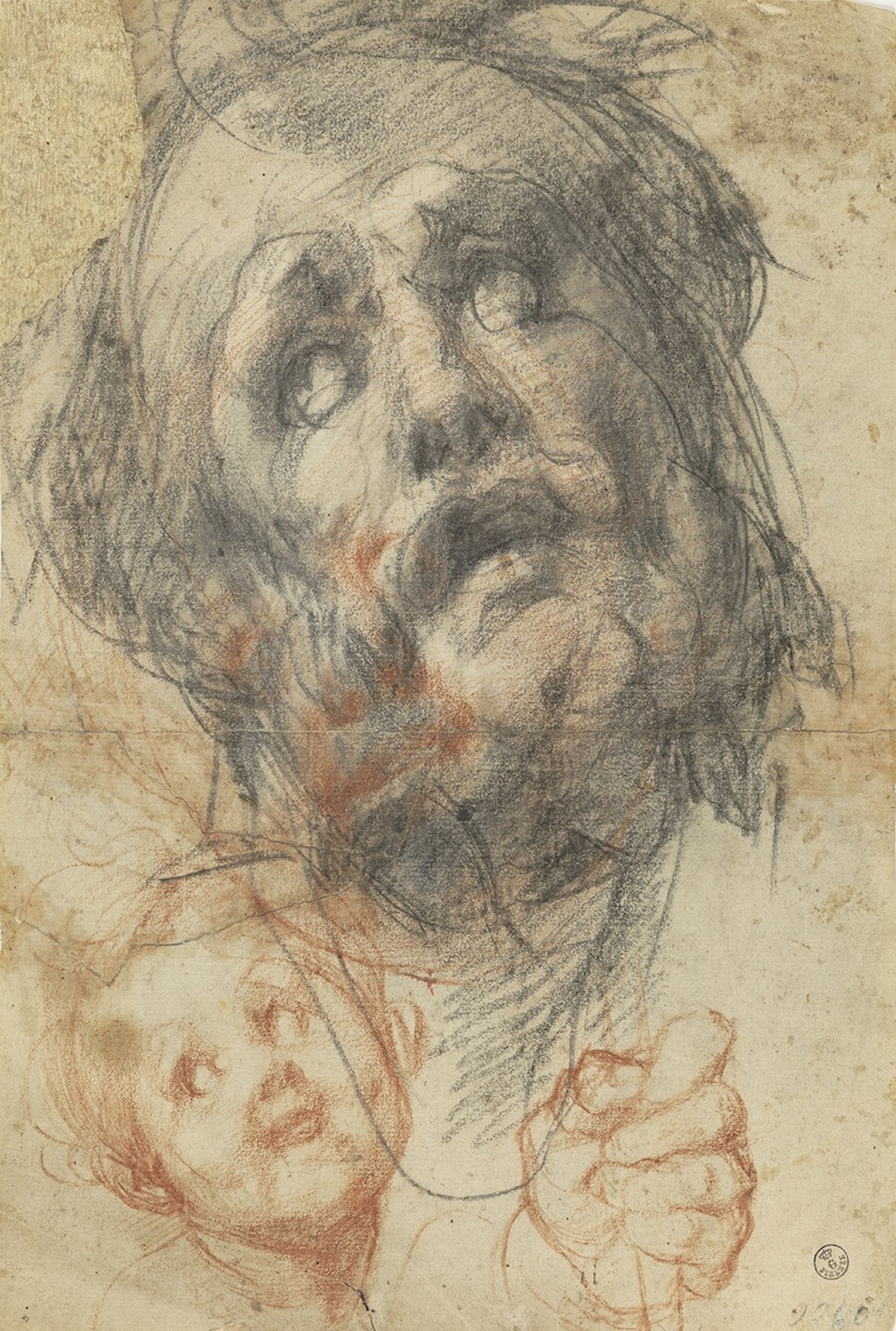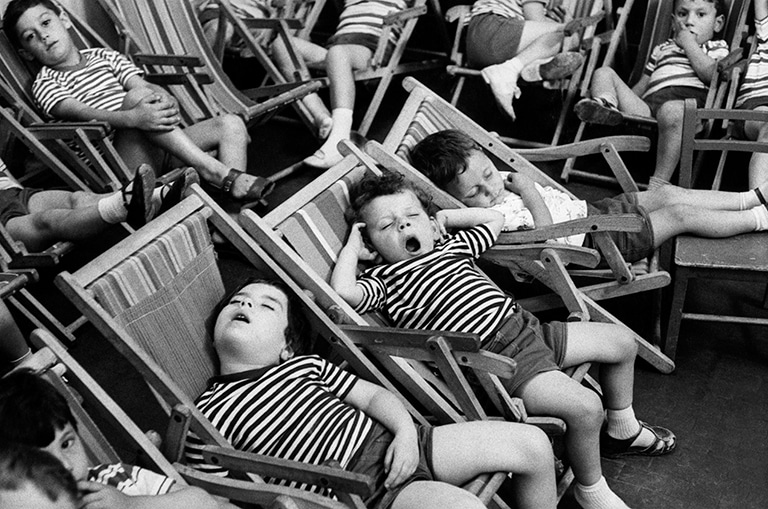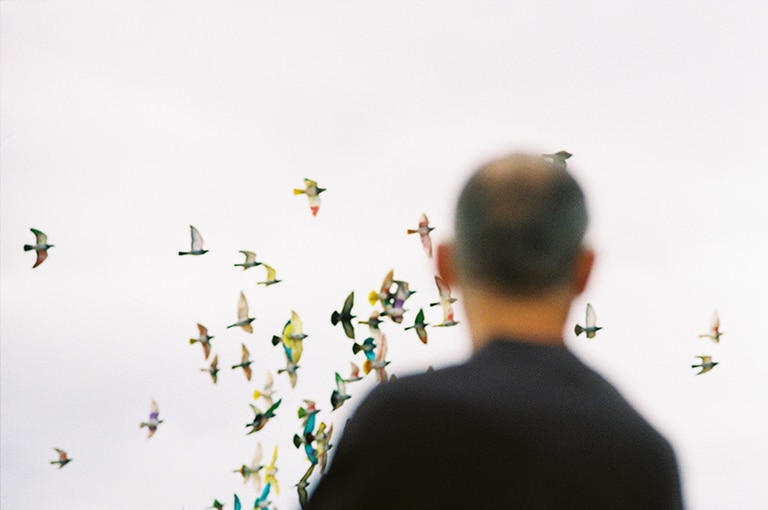Pontormo. Drawings
FEB.12.2014 ──────── MAY.11.2014

Jacobo Pontormo
Cuatro estudios para la Pala Pucci
© Gabinetto Disegni e Stampe degli Uffizi, Florencia
Exhibition
FEB.12.2014 ── MAY.11.2014
Location
Recoletos Exhibition Hall
Paseo Recoletos 23, 28004 Madrid
Considered to be one of the great exponents of Mannerism, Pontormo used drawing to express his obsessions, his routines, and his desire to fully immerse himself in drawing. This exhibition was held on the occasion of the 520th anniversary of the artist’s birth.
Jacopo Carrucci (1494-1557) known in Art History as Pontormo, is one of the most extraordinary and eccentric artists of the history of art. His obsessive, mercurial and neurotic personality, as described by Vasari, has contributed to his image to this day as a tortured artist.
This exhibition, the first ever held on Pontormo in Spain, presented a curated selection of 69 drawings, the majority of which are from the Galleria degli Uffizi in Florence, but also with some from other prestigious European museums such as the Staatliche Graphische Sammlung in Munich or the Albertina in Vienna. The exhibition covered all the stages of Pontormo’s life and all the different graphic media he used.
The exhibition
The exhibition consisted of 60 of Pontormo’s drawings, together with 9 drawings from other major artists such as Durero, Lorenzo di Credi, Poussin and Tiepolo, thereby establishing a dialogue between their way of drawing and this major Florentine artist, emphasizing Pontormo’s original style. Exceptionally, together with the body of drawings on display, Pontormo’s Diary was also exhibited for the first time outside of Italy where it is kept in the National Central Library of Florence. In this diary the artist sketched small drawings during the last two years of his life and it has become a testimony to the legend of Pontormo as the tortured artist.
His first artistic training together with Leonardo de Vinci taught him to appreciate drawing as an exercise in private creation, in which the artist had greater freedom to express himself. His contact and subsequent empathy with Piero di Cosimo encouraged the artist to exercise his imagination and creativity. At the same time as his contact with the drawings of his masters, Pontormo learned, during his stage at the Carthusian Monastery in Galluzzo, all the hallmarks of Alberto Durero, already discovered by his friend Rosso Fiorentino. The influence of this German master can be seen in his preparatory studies for The Crucifixion. Subsequently, Andrea del Sarto would become his greatest influence and the person with whom he shared his first major commissions. During his last stage, and connected to his works for the Church of San Lorenzo, Pontorno began to embrace a monumental Michaelangelo-esque spirituality through his drawing.
The exhibition presented drawings from all stages of the artist’s life, from his apprenticeship around Poggio a Caiano (1519-1521), to his latest works for the San Lorenzo Church in Florence (1545-1556). Between these two extremes, the preparatory drawings for the works of the Carthusian Monastery in Galluzzo (1522-1525) were displayed along with his sketches for the Capponi Chapel in the Church of Saint Felicita (1526-1530).




